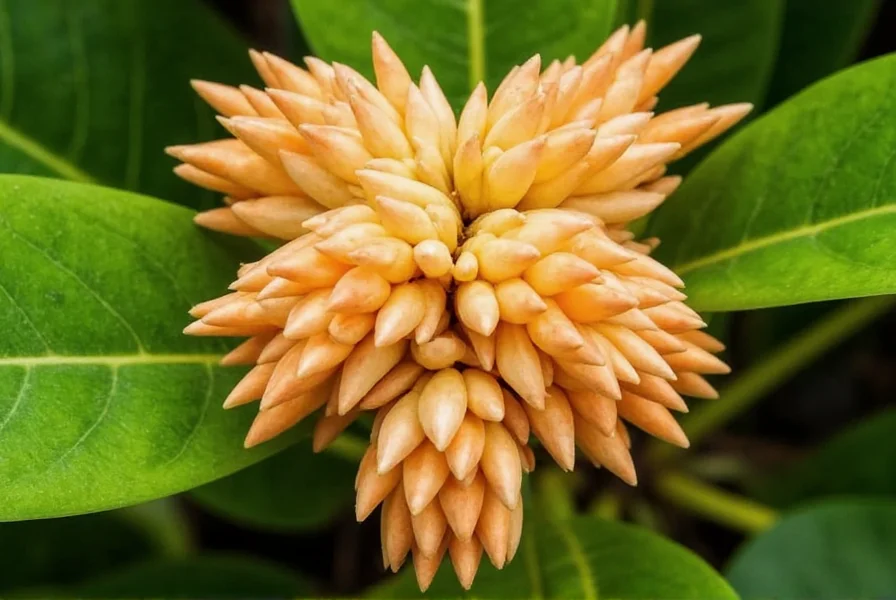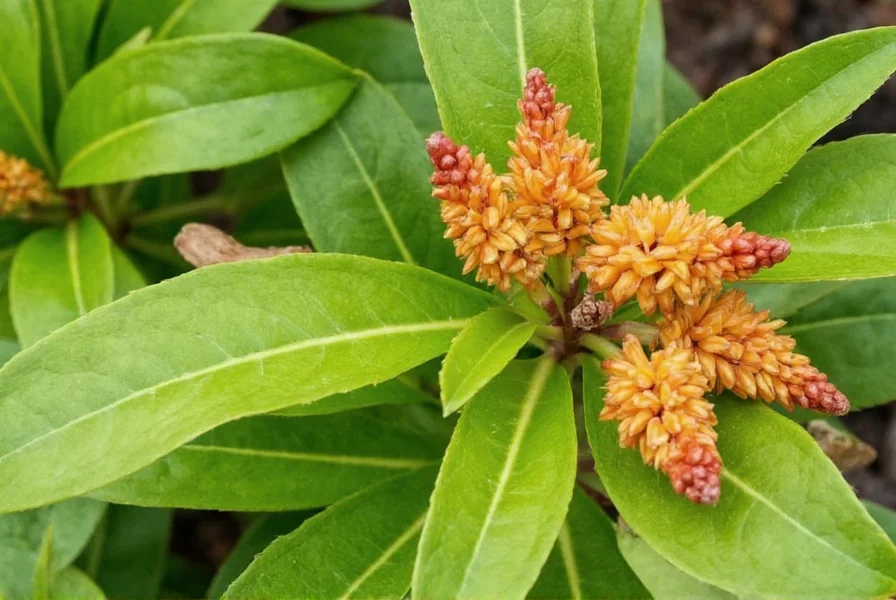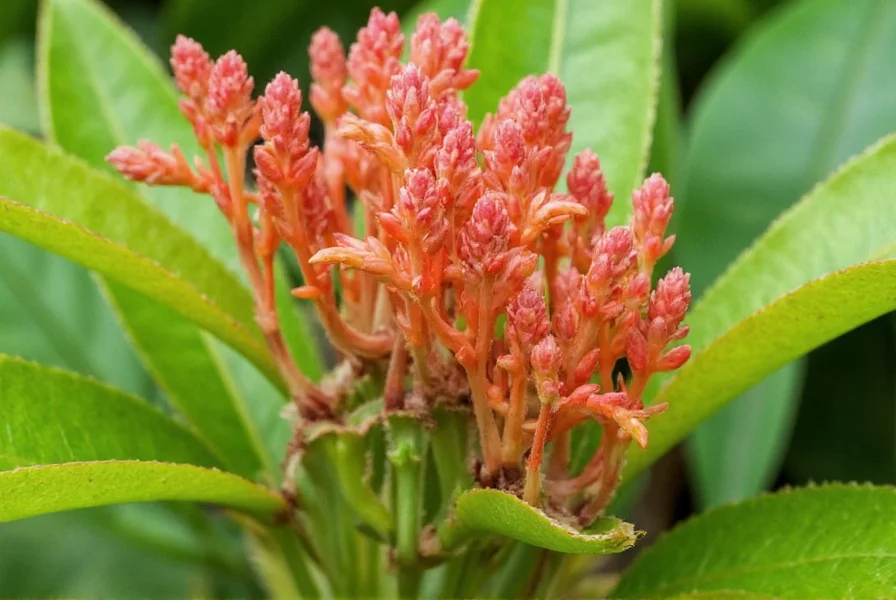When gardeners and plant enthusiasts search for information about Hawaiian ginger varieties, they're typically seeking to understand the unique tropical gingers that flourish in Hawaii's ecosystem. Unlike the ginger root used in cooking, most Hawaiian ginger varieties are grown for their spectacular ornamental flowers and lush foliage, making them popular landscape plants throughout the islands.
Understanding Hawaiian Ginger Varieties
Hawaii hosts several ginger species that have adapted to its tropical environment. The term "Hawaiian ginger" doesn't refer to a specific botanical classification but rather to ginger plants successfully cultivated in Hawaii's unique climate. These varieties belong to different genera within the Zingiberaceae family, each with distinctive characteristics.
Primary Hawaiian Ginger Species
Three main ginger types dominate Hawaii's landscapes, each with unique visual appeal and growth requirements. These ornamental ginger varieties in Hawaiian gardens serve primarily decorative purposes rather than culinary ones.
| Ginger Variety | Botanical Name | Key Characteristics | Flowering Season |
|---|---|---|---|
| Red Ginger | Alpinia purpurata | Vibrant red cone-shaped inflorescences, large green leaves | Year-round, peak in summer |
| Shell Ginger | Alpinia zerumbet | Ornate shell-like white/yellow flowers, fragrant leaves | Spring through fall |
| Yellow Ginger | Hedychium gardnerianum | Bright yellow fragrant flowers, grows near streams | Late summer to fall |
Distinguishing Hawaiian Ginger from Culinary Ginger
Many newcomers confuse Hawaiian ornamental gingers with Zingiber officinale, the common ginger used in cooking. While Zingiber officinale does grow in Hawaii, the term "Hawaiian ginger" typically refers to the showy flowering varieties. Culinary ginger produces the familiar knobby rhizomes, while most Hawaiian ornamental gingers develop less flavorful rhizomes primarily valued for landscape beauty.

Cultural Significance in Hawaii
Ginger plants hold special meaning in Hawaiian culture, though they're not native to the islands. Introduced species like red ginger became incorporated into lei making and traditional decorations. The vibrant red ginger flowers in Hawaiian ceremonies symbolize warmth and hospitality. While not part of ancient Polynesian traditions (as ginger arrived with later settlers), these plants have become visually synonymous with Hawaii's tropical aesthetic.
Growing Hawaiian Ginger Varieties
For gardeners interested in how to grow Hawaiian ginger plants outside Hawaii, these tropical species require specific conditions:
- Climate: Thrive in USDA zones 9-11; need protection below 50°F (10°C)
- Light: Prefer partial shade, especially protection from harsh afternoon sun
- Soil: Well-draining, rich in organic matter with slightly acidic pH
- Water: Consistently moist but not waterlogged conditions
- Fertilizer: Regular feeding during growing season with balanced fertilizer
Propagation typically occurs through rhizome division rather than seeds. When establishing Hawaiian ginger plant care routines, remember these plants grow rapidly in ideal conditions, reaching 6-15 feet tall depending on variety.
Common Challenges in Cultivation
Gardeners often face these issues when growing Hawaiian ginger varieties:
- Root rot: From overwatering or poor drainage
- Leaf spot: Fungal issues in high humidity
- Pests: Aphids, spider mites, and scale insects
- Cold damage: Browning leaves when exposed to temperatures below 45°F
Successful growers of tropical ginger varieties in non-native climates often treat these plants as seasonal specimens or grow them in containers that can be moved indoors during colder months.
Practical Uses Beyond Ornamental Value
While primarily grown for beauty, some Hawaiian ginger varieties offer additional benefits:
- Red ginger flowers make excellent, long-lasting cut flowers
- Shell ginger leaves emit a pleasant citrus fragrance when crushed
- Some varieties provide effective privacy screening in landscapes
- Root systems help prevent soil erosion on slopes

Integrating Hawaiian Ginger into Your Garden
For those interested in incorporating Hawaiian ginger varieties into home landscapes, consider these design applications:
- Use as dramatic backdrop plants in tropical garden designs
- Plant along water features where yellow ginger naturally thrives
- Create focal points with red ginger's striking floral displays
- Combine different varieties for sequential blooming throughout the year
Remember that these plants spread via rhizomes, so provide adequate space or install root barriers if containing growth is necessary. The best companion plants for Hawaiian ginger include other tropicals like heliconias, bird of paradise, and ferns that share similar environmental preferences.
Frequently Asked Questions
Is Hawaiian ginger edible?
Most Hawaiian ginger varieties (Alpinia purpurata, Alpinia zerumbet) have rhizomes that are technically edible but lack the strong flavor of culinary ginger (Zingiber officinale). While not toxic, they're primarily grown for ornamental purposes rather than cooking. Some traditional Hawaiian preparations use certain ginger varieties, but they don't substitute well for common ginger in recipes.
How fast does Hawaiian ginger grow?
Hawaiian ginger varieties are vigorous growers in ideal conditions. Most establish quickly within 3-6 months and reach mature height (6-15 feet depending on variety) within 1-2 years. Red ginger can spread 2-3 feet annually through rhizomes. Growth slows significantly in cooler temperatures or suboptimal conditions.
Can I grow Hawaiian ginger in a container?
Yes, Hawaiian ginger grows well in containers, making it suitable for patios or indoor cultivation in non-tropical climates. Use a large pot (at least 18-24 inches diameter) with excellent drainage. Container-grown plants require more frequent watering and feeding but can be moved indoors when temperatures drop below 50°F (10°C). This approach works well for growing Hawaiian ginger in temperate climates.
What's the difference between red ginger and common ginger?
Red ginger (Alpinia purpurata) is primarily an ornamental plant with showy red inflorescences, while common ginger (Zingiber officinale) is cultivated for its culinary rhizomes. Red ginger's rhizomes are less flavorful and fibrous compared to common ginger. The plants differ significantly in appearance—red ginger grows taller with larger leaves and distinctive cone-shaped flowers, while common ginger produces smaller, less showy yellow-green flowers.











 浙公网安备
33010002000092号
浙公网安备
33010002000092号 浙B2-20120091-4
浙B2-20120091-4